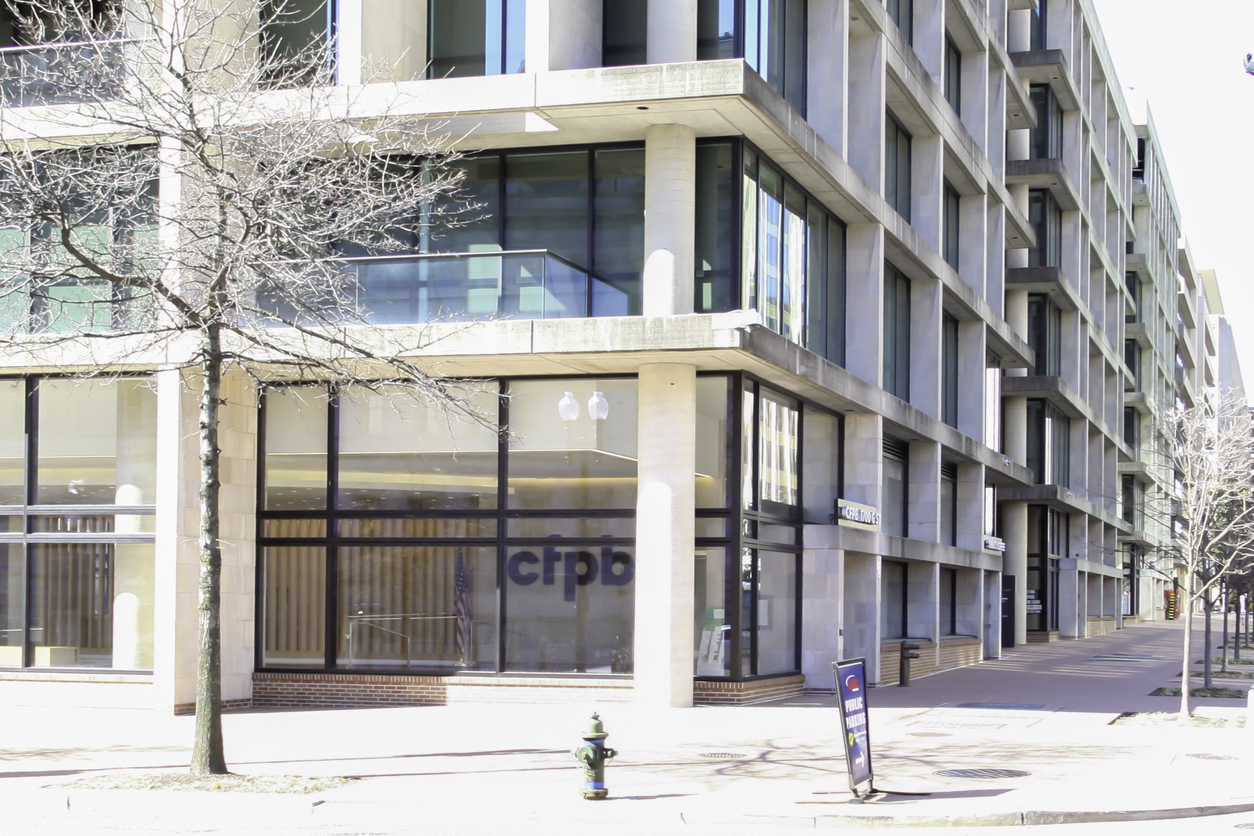CFPB Claims Not Backed By Reality

The Consumer Financial Protection Bureau (CFPB) last month launched a new initiative to better understand fees charged by banks and other financial institutions, with a specific emphasis on overdraft fees. The launch marked the latest attempt by the CFPB to attack the banking industry with extreme rhetoric, making unsubstantiated claims that could ultimately create more harm for the very people the agency is supposed to help: the consumer.
As Consumer Bankers President and CEO Richard Hunt said of the CFPB’s fearmongering efforts:
“This is fuzzy math at its best and political theater at its worst … To best serve America’s families and small businesses, the Bureau has a responsibility to communicate with clarity and precision.”
He added:
“The Bureau should be focused on seeking feedback from and working in tandem with banks – the very people on the frontlines interacting with customers everyday – to recognize the value these products and services have in the lives of the people we are all working to serve.”
Toward that end, CBA is working to correct the record and deliver the facts about how these so-called ‘junk fees’ are in reality valued features helping consumers meet their financial needs:
Claim #1
“Banks and other financial companies seem to be making ‘junk fees’ like overdraft part of their core business model. They often charge these fees to feed their bottom line.”
Reality
Overdraft fees as a percent of total revenue across the banking industry made up less than 2 percent in 2019. Further, a growing number of banks (including many of the country’s leading banks) have either eliminated overdraft fees altogether or unveiled innovative overdraft solutions to provide families the choice and flexibility they desire – including real-time payment updates, de minimis thresholds (24-hour grace periods), and posting alerts – while helping them avoid unintended fees.
- As a result of these bank-led, consumer-drive innovations, regular overdraft use fell by 40 percent to 4.9 percent between 2010 and 2020.
- Further, since 2008, overdraft fees, per U.S. adult, have declined by 77 percent, or $158, and now seem to cover larger — and potentially more important — purchases.
Claim #2
“People aren’t really getting anything in return.”
Reality
People knowingly opt into overdraft services because of the emergency safety net it provides. For those consumers who do opt-into courtesy overdraft services, their transaction overages are covered by their bank and a fee may be charged to ensure the transaction is successful. In other words, overdraft. For many hardworking families, this feature provides a critical financial cushion to cover unexpected expenses in times of need – whether to pay their rent or simply put food on the table.
- Further, even as regular overdraft use has fallen by 40 percent over the last decade, a majority of consumers who use the product do so knowingly and appreciate the flexibility it provides as one of the few short-term liquidity options remaining in the well-regulated, well-supervised banking industry.
- And more than two thirds of consumers say they don’t want to lose access to the service.
Claim #3
“Because these fees aren’t included in the sticker price, consumers are being taken advantage of by their bank – forced to incur additional costs for products they never signed up for”
Reality
America’s leading banks engage in rigorous underwriting practices and are required by law to have clear and conspicuous disclosure of material terms and conditions, aimed at empowering consumers to make informed financial decisions. For example, debit card users either opt-into courtesy overdraft services where they may be charged an overdraft fee, have a linked account to cover any amount deficiencies or have no overdraft coverage at all. Financial tools like overdraft are chosen by the consumer when their account is opened.
Claim #4
“These junk fees can undermine competition and have serious ripple effects on people’s finances.”
Reality
The well-regulated, well-supervised banking industry is also among the most competitive in the world. Consumers benefit from the ability choose one of the nation’s nearly 5,000 banks to meet their financial needs. America’s leading banks, in particular, now offer more products and features than ever to avoid unintended fees, including real-time payment updates, de minimis thresholds, grace periods, posting alerts, and, above all, many are now offering no-fee overdraft.
Claim #5
“As fees add up, people may find their monthly budgets busted and necessities like rent, utilities, and food harder to afford.”
Reality
Overdraft provides a much-needed emergency safety net for millions of families who view the product as beneficial and knowingly use it to cover unexpected expenses in times of need. There is also a clear need for short-term liquidity provided by banks of all sizes. A 2018 Federal Reserve survey estimated that nearly 40% of American adults wouldn’t be able to cover a $400 emergency with cash, savings or a credit-card charge that they could quickly pay off. That is precisely why leading regulators such as Acting Comptroller of the Currency Michael Hsu have said ‘limiting overdrafts may limit the financial capacity for those who need it most.’
CLICK HERE to read CBA’s response to the launch of CFPB’s recent initiative and CLICK HERE to read a joint statement on the matter from CBA, the American Bankers Association, Bank Policy Institute, Credit Union National Association, Financial Services Forum, Independent Community Bankers of America, National Association of Federally-Insured Credit Unions and National Bankers Association.
CLICK HERE to read more about how banks are working to deliver more choice and flexibility to hardworking families while helping them avoid unintended fees.



